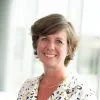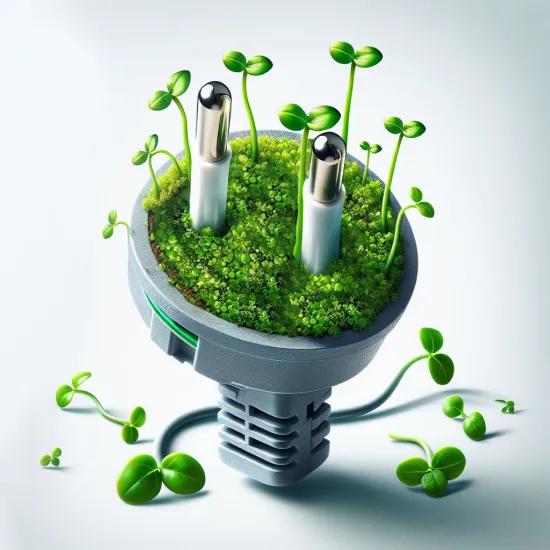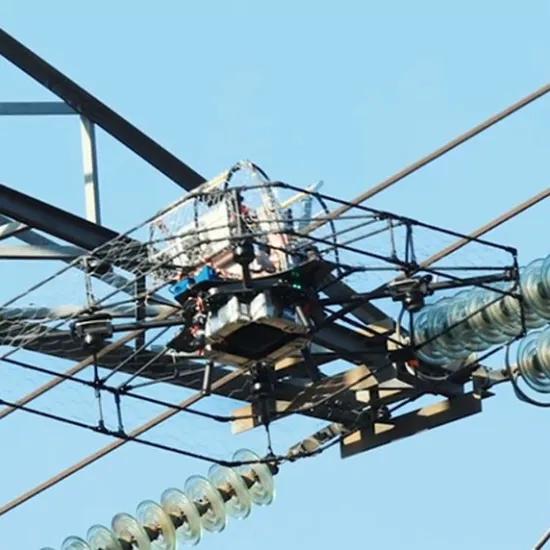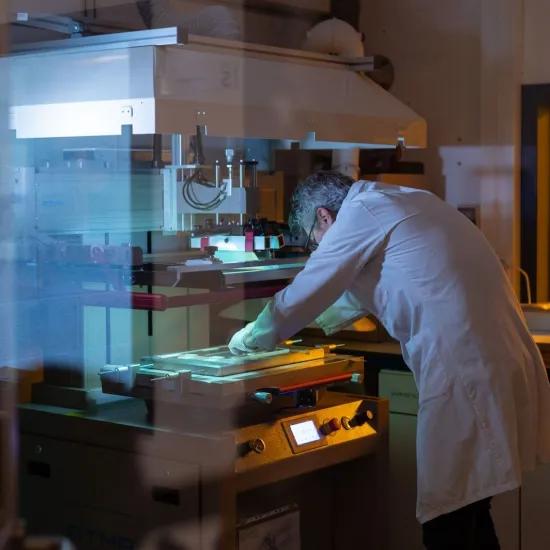“Knowledge and innovation make our wind sector one of the best in the world”
Belgian companies operating in the wind energy sector are among the world leaders today. Partly because our country was already a pioneer in this type of renewable energy in the 1990s, but also thanks to OWI-Lab, a platform for innovation and knowledge bringing together about 40 researchers and engineers from Sirris, VUB and UGent. They help the industry with research and development of new technologies and innovation projects for onshore and offshore wind farms.
Ten years ago, Sirris and VUB joined forces. At that time, VUB had already built up a European reputation in wind energy. Sirris increasingly received questions from the industry regarding research for offshore wind farms. All efforts were brought together in OWI-Lab, with the support of the Generaties programme from the Flemish Government.
In 2020, UGent also joined the partnership. Pieter Jan Jordaens, Operating Officer: “Through knowledge and innovation, we ensure that the companies in the Belgian wind energy sector strengthen their competitiveness and become and remain at the top of their niche. With our open platform, we support the entire industry value chain in industry-driven research, development and innovation. OWI-Lab takes the leading role in this.”
After 10 years, the OWI-Lab cooperation comprises three main pillars of activity: services and expertise, R&D projects and knowledge sharing. “Our experts primarily support companies with unique test and monitoring infrastructures or measurement techniques. These experts are also sometimes called in to support specific studies on, for example, turbulence effects in wind farms, for materials research or even to develop a business case. A second pillar is a portfolio of R&D projects, often of a collective nature. A third pillar is knowledge sharing: we regularly organise workshops, master classes or seminars to share the gathered knowledge with the industry.”

Specific Belgian know-how
Our country does not have a manufacturer of multi-MW wind turbines, but it does have a whole series of companies that excel in a specific niche: for example, the installation and operation of wind farms at sea, the production of gearboxes or high-tech components for wind turbines and maintenance services for those huge structures. “Belgium is today among the world's best, and this is due to the knowledge and expertise built up within the sector, but also to the continuous search for operational excellence and innovation,” Pieter Jan Jordaens states. “This is also a necessity, as all companies have to deal with international competition, including from Asia.”
Some 40 researchers and engineers from the three knowledge institutions are now active within OWI-Lab. Experts with 10 years of work with doctoral students from relevant fields. For example, within the OWI-Lab the three partners have built up specific know-how in some areas and invested in the development of unique testing and monitoring infrastructure for:
- The monitoring of the dynamic aspects and structural health of wind turbines at existing farms: more specifically the measurement of several factors (such as vibrations and weather conditions) that have an impact on the lifetime of foundations, transformers and the structure of the turbines but also on installation vessels (partner VUB/OWI-Lab)
- Various tests on parts and complete systems of the wind turbines in our own large climate chamber in the port of Antwerp: temperature tests on hydraulic parts, corrosion tests, air humidity tests, ice build-up on the blades, testing of new coatings, etc. (partner Sirris/OWI-Lab)
- Conducting structure and material tests on a large scale (partner UGent/OWI-Lab)
Innovation for the offshore and onshore wind sector
OWI-Lab regularly launches new projects and research programmes in close cooperation with the industry. “Initially the focus was on offshore wind, but over the years we have expanded our activities to include onshore wind farms. The ultimate aim is always to translate this knowledge into useful applications for the industry. The goal remains to further improve our research and infrastructure, to tap into new knowledge, and to develop new innovation projects on demand and in consultation with the industry in order to strengthen the Belgian wind energy value chain. This can be done, for example, through collective research.
In the meantime, the innovation and knowledge platform can present a whole series of great achievements. Pieter Jan Jordaens lists some of them:
- "OWI-Lab was the first to start large-scale measurement campaigns at sea on various components such as foundations, transformers, drives, etc. to support research and development. It gained experience and new insights along the way, together with wind project developers and suppliers to the sector
- From these insights, many innovative experiments were set up that allowed us to increase the efficiency, reliability and sustainability of the sector: the construction costs were reduced by using less steel in the foundations, the operating costs could be reduced by optimising the operation of the turbines, and we are still looking for better and more sustainable techniques that have further cost reduction potential. The sector started at a production cost of around €160/MWh, which has since been reduced to an average of €75/MWh.
- We have researchers and engineers going out to sea to further perfect their ideas and laboratory research on a real scale in an offshore environment. Together with the engineers and technicians of the sector, we put knowledge into practice. This also led, for example, to the spin-off 24SEA, in which research by knowledge partner VUB into the monitoring of offshore structures was valorised in a spin-off company that is now active internationally.
- We created a real community of innovation-driven companies in a difficult, highly competitive sector. Cooperation with large established companies, but also with SMEs and start-ups, has led to ground-breaking innovations.”
A whole series of new challenges
In the years to come, the sector will face a whole series of challenges. In addition to increased international competition, turbines are steadily growing, with capacities of 15 to 18 MW at sea and 8 to 10 MW on land. Jan Helsen of VUB/OWI-Lab: “The scale increase means additional challenges in development: these are, after all, the largest rotating machines in the world, which have to operate for 25 to 30 years in often harsh conditions (freezing temperatures, rain, stormy weather, high waves). Our task is to further increase the performance and reliability of the installations through innovation, or to further optimise maintenance with new monitoring techniques.”
OWI-Lab will soon be able to count on a brand-new infrastructure in the Ostend Science Park, where UGent is building a Coastal & Ocean Basin together with several partners. “There, we will be able to simulate wave behaviour, for example, and also test new concepts of floating turbines,” says Pieter Mathys of UGent/OWI-Lab. “Due to the internationalisation of the Belgian wind industry's activities, we are also going to identify other conditions. For example, our customers operate in Asia, where we have to take typhoons, earthquakes and seaquakes into account. We need to understand these facets well in order to fully support the sector.”
Furthermore, the researchers are working on solutions in four areas to meet future challenges in offshore and onshore wind energy:
- Further reducing costs by optimising maintenance through increased monitoring, drone inspections and new technologies. Digitalisation is a key enabler for increased efficiency: machine learning, AI, robotics, 3D printing, …
- Find solutions for the intermittency of wind energy, with possibilities for temporary storage via batteries or the production of hydrogen (whether or not as a storage or useful molecule for the chemical industry, for example).
- Data-driven support for both the design of future offshore wind farms and extending the lifetime of the first offshore wind farms.
- Research into recycling of old blades and circular design of new turbines to further improve the sustainability of the sector.

Christof Devriendt (VUB/OWI-Lab): “The Belgian wind energy sector has become a mature sector that is booming. But we must remain vigilant to secure our international position. Sustainable growth of the industry will come from further internationalisation. Therefore, we will continue to work on demand-driven innovation projects for the industry, while at the same time focusing on intensive technological research and development from the knowledge centres. Together, these should ensure that we remain world leaders in this niche.”




